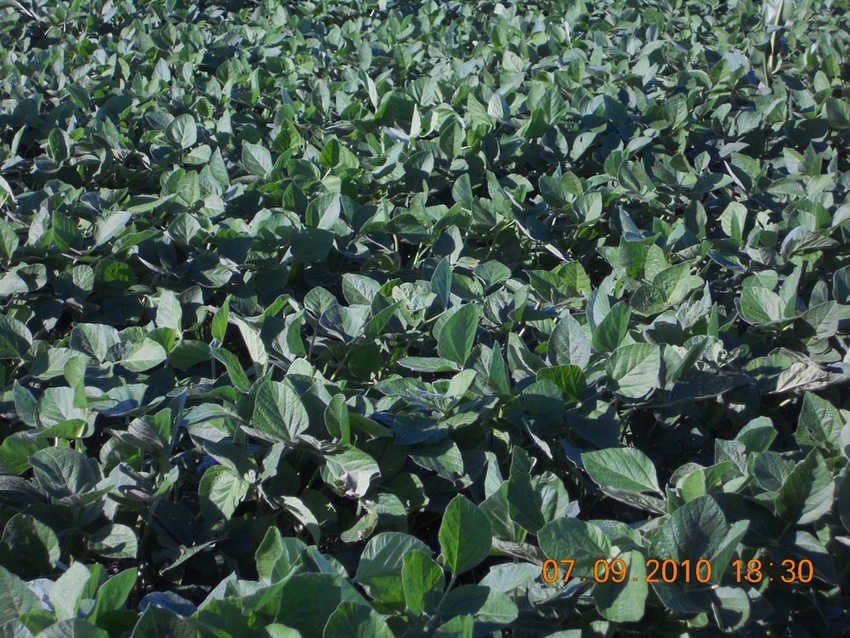January 28, 2014

WHAT TO EXPECT
When choosing a spring application, growers should expect a residual herbicide to deliver several weeks of weed control, cover a broad spectrum of weeds, aid in resistance management and allow for crop rotation flexibility.
LENGTH OF RESIDUAL
The length of residual varies by weed, soil texture, soil pH, organic matter present, rainfall and herbicide rate. According to Dr. Christy Sprague, weed scientist at Michigan State University, “A herbicide should ideally last at least four weeks to be deemed a residual.” Valor® Herbicide, the top-selling preemergence herbicide, delivers just that.
“Valor has shown excellent length of control in the field,” said John Pawlak, product development manager for Valent U.S.A. Corporation. “Even in wet weather conditions last spring, many growers still had 4 to 6 weeks of residual weed control.”
BROAD SPECTRUM WEED CONTROL
Because weed control is the primary reason for using any herbicide, it is imperative that growers look for a residual to control those weeds that are problematic in their specific geographic location.
In North Dakota and Minnesota, for example, the number of counties with glyphosate-resistant common ragweed and waterhemp has increased almost 80% since 2008, according to North Dakota State University Extension Service reports.
In northwest Iowa, waterhemp and lambsquarters continue to be the key weeds that hinder growers.
��“I’ve been using Valor for years to fight my glyphosate resistant waterhemp and lambsquarters,” said Dave Korthels, a grower in George, Iowa. “I always know I’m going to get at least 5 to 6 weeks, if not more, of control on these weeds. I depend on it to protect my crop.”
Not long ago, growers in northern states had either never used a preemergence herbicide or discontinued using them when glyphosate entered the market. However, glyphosate resistance is becoming a fact of life for these growers. Many researchers suggest that controlling weeds before they grow too large is the most effective method for fighting resistance.
“By applying a residual herbicide, we can extend the window for putting on a postemergence herbicide to reduce yield losses and also reduce the exposure of our worst weed problems to glyphosate,” said Dr. Bill Johnson, a Purdue University weed scientist.
ROTATIONAL FLEXIBILITY
Erratic springtime weather and dry, hot summers with little rainfall have caused many growers to abandon their production patterns in recent years. As a result, rotational flexibility is an increasingly key component to consider in a residual herbicide.
Valor also qualifies for Roundup Ready PLUS® Soybean Incentives.
THE FINAL WORD
All residuals are not created equal. But by understanding the specific needs and weed pressure of an individual operation and by analyzing residuals based on a few key factors, growers can make an educated decision about which residual herbicide to choose in order to maximize their profit and minimize risk.
You May Also Like




